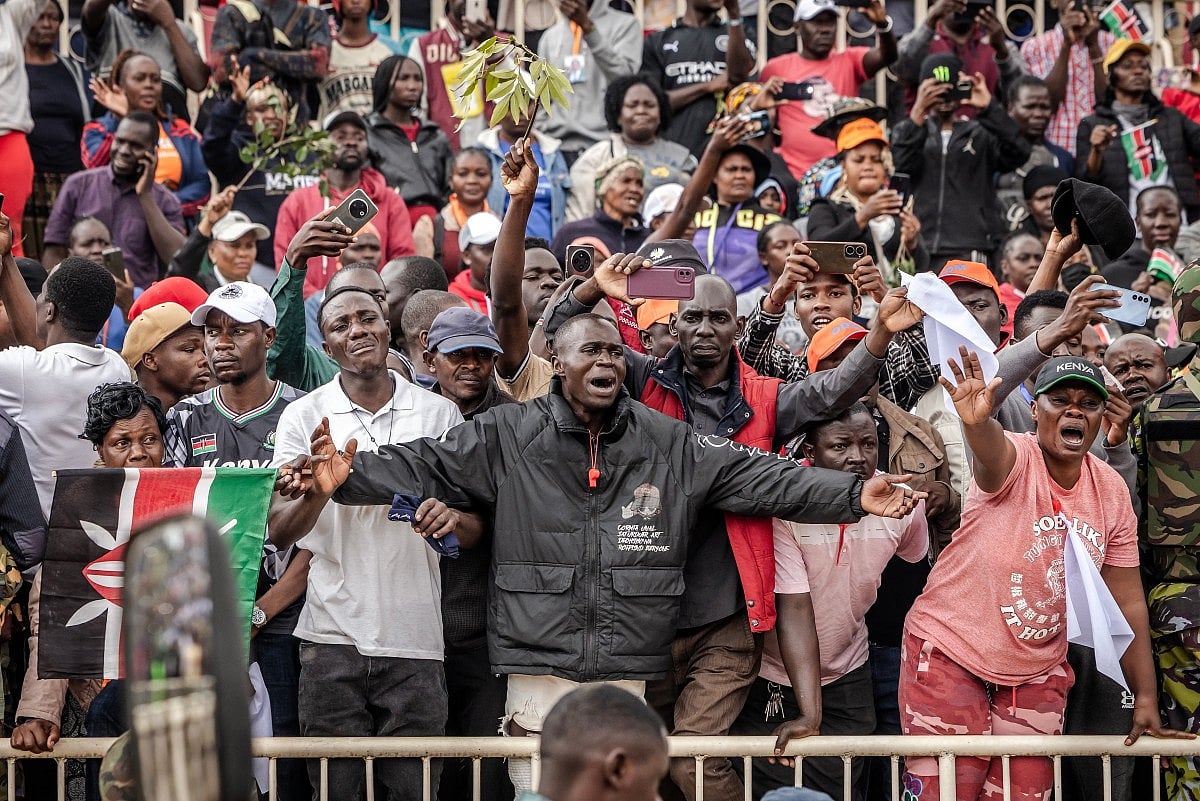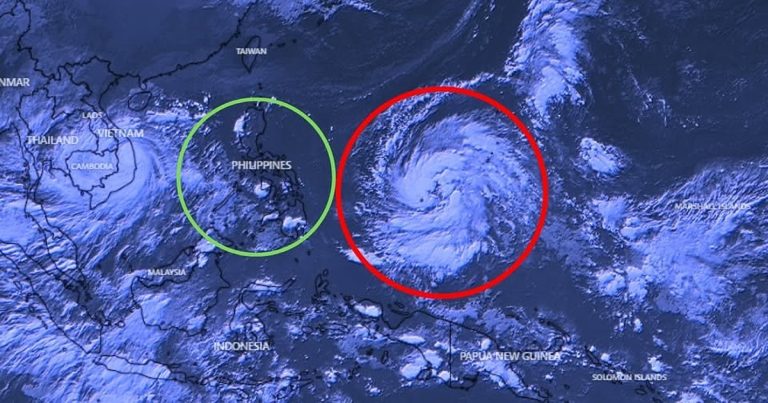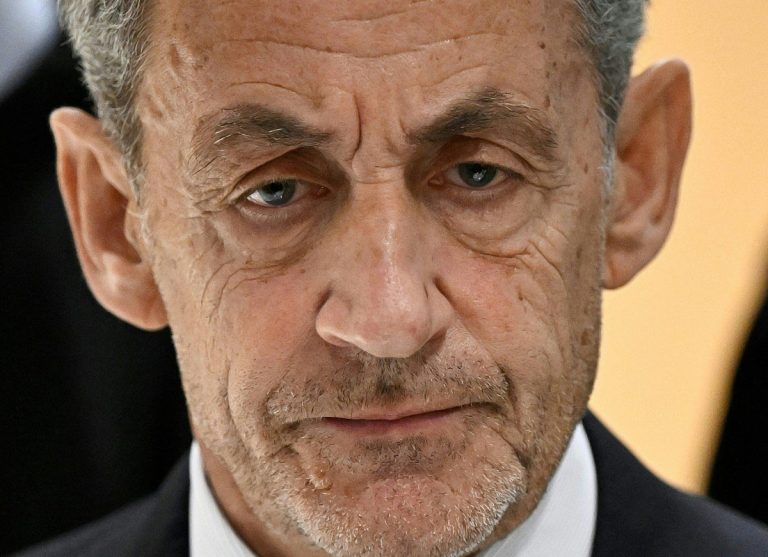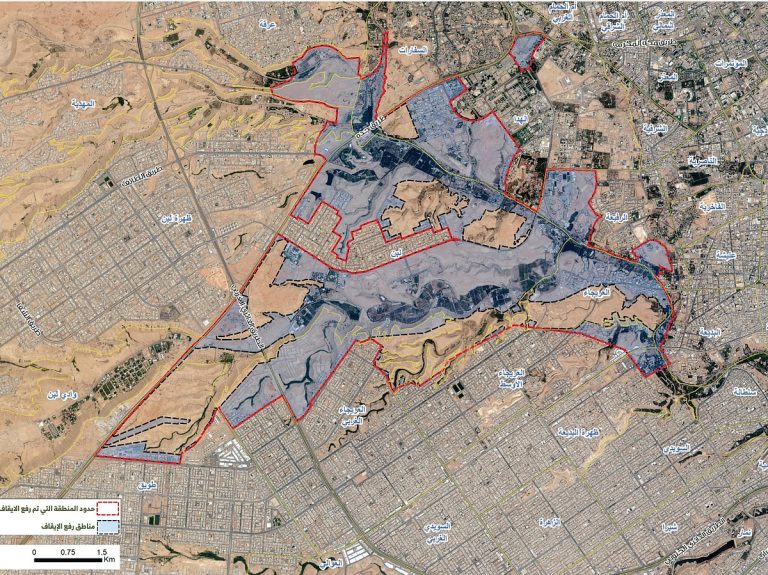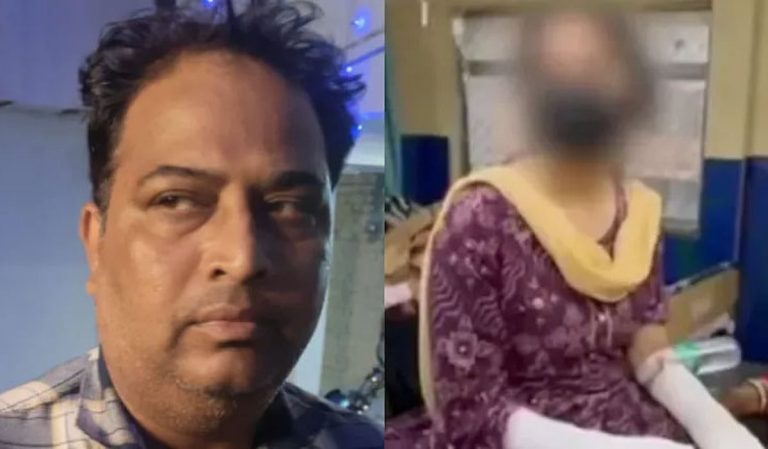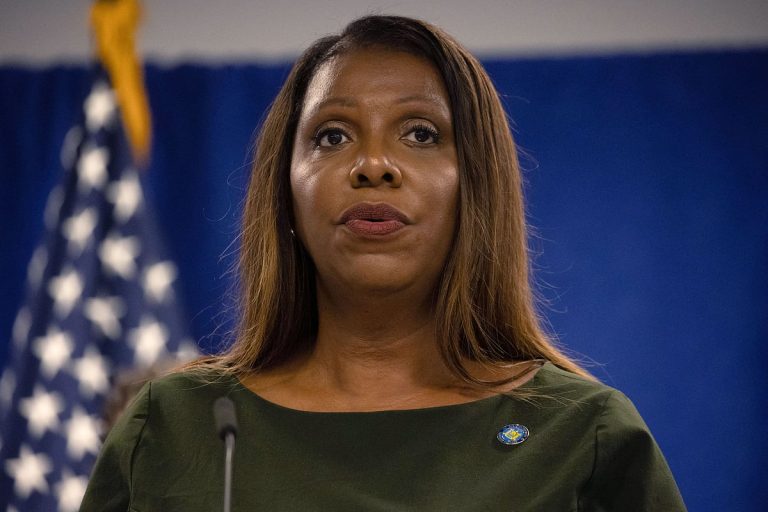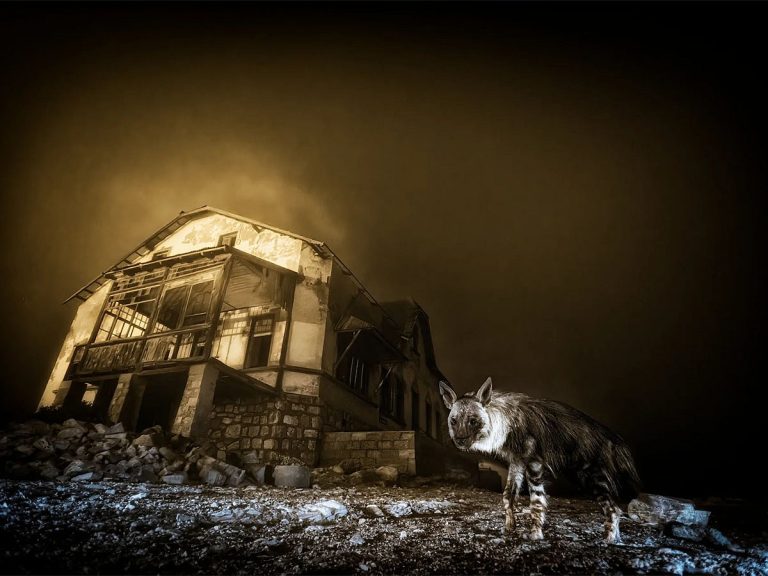Chaos at Raila Odinga’s Funeral Leaves Many Injured
The state funeral of Raila Odinga, a prominent figure in Kenyan politics, turned chaotic on Friday as dozens were injured while trying to pay their respects. This incident follows a tragic event the previous day, where security forces opened fire on a crowd, resulting in multiple fatalities. Odinga’s passing has sparked widespread mourning and raised concerns about public safety during such gatherings.
A Legacy Remembered
Raila Odinga, who passed away at the age of 80 from a suspected heart attack in India, was a significant political leader in Kenya. Known affectionately as “Baba,” he was revered for his role in advocating for democracy and social justice. President William Ruto, addressing the mourners at Nairobi’s Nyayo Stadium, highlighted Odinga’s impact on the nation, stating, “He walked among us as a man but also charged among us as a movement for change.”
Despite his numerous attempts to secure the presidency, Odinga never achieved that goal. However, he played a crucial role in Kenya’s transition to multi-party democracy in the 1990s and was instrumental in the development of the 2010 constitution. His death leaves a notable void in the opposition, especially as the country approaches the 2027 elections.
Tragic Events Unfold
The funeral was marred by chaos as large crowds surged towards Odinga’s coffin, leading to numerous injuries. Eyewitnesses reported that many mourners collapsed, with some suffering from broken bones and breathing difficulties due to the crush. Emergency services were quickly deployed, with at least five ambulances on-site to assist the injured.
This turmoil follows a distressing incident the day before, when security forces fired into a crowd during a viewing of Odinga’s body, resulting in at least three deaths. Reports from VOCAL Africa, a prominent rights organization, indicated that the use of force was excessive and unwarranted. Autopsies are pending to determine the exact cause of death for the victims, who were reportedly shot while peacefully gathering to honor Odinga.
Public Outcry and Calls for Restraint
The violent response from security forces has drawn significant criticism. Hussein Khalid, the head of VOCAL Africa, condemned the actions taken against mourners, calling for police to exercise restraint. Families of the deceased have expressed their grief and anger, with relatives of the victims sharing their stories at the city morgue. The tragic events surrounding Odinga’s funeral have raised questions about the treatment of citizens during public gatherings and the need for accountability.
Next Steps for Odinga’s Family
Following the funeral in Nairobi, Odinga’s body is set to travel to western Kenya, where more crowds are expected to gather to pay their respects. A private burial service is scheduled for Sunday, marking the end of a significant chapter in Kenyan politics. As the nation mourns, the focus will also shift to the future of the opposition and the potential leadership challenges that lie ahead.
FAQs
What caused Raila Odinga’s death?
Raila Odinga died from a suspected heart attack while receiving treatment at a health clinic in southern India.
How many people were injured at the funeral?
Dozens of mourners were injured during the funeral, with reports indicating that many suffered serious injuries due to a crowd surge.
What actions have been taken regarding the security forces’ response?
There have been calls for accountability and restraint from security forces following the excessive use of force during the funeral and the previous day’s events.
Conclusion
The state funeral for Raila Odinga has highlighted both the deep respect for his legacy and the troubling incidents of violence that marred the occasion. As the nation reflects on his contributions, it also faces pressing questions about public safety and the future of its political landscape. The coming days will be crucial as the family prepares for his burial and the country navigates the aftermath of these events.
The chaotic scenes at Odinga’s funeral underscore the tensions that often accompany significant political events in Kenya. Historically, large gatherings have sometimes escalated into violence, particularly in the context of political unrest or during periods of heightened security measures. The response from law enforcement during such events has frequently been scrutinized, raising concerns about the balance between maintaining order and respecting citizens’ rights to assemble peacefully.
As the nation grapples with the aftermath of these incidents, discussions surrounding police reform and the need for improved crowd management strategies are likely to gain momentum. Civil society organizations and human rights advocates are expected to push for investigations into the actions of security forces, emphasizing the importance of accountability to prevent future tragedies. The public’s reaction to these events may also influence the political landscape as the country approaches the next election cycle, with potential implications for both the ruling party and the opposition.
Also Read:
Peru Declares Emergency in Lima Amid Violence Surge
DAGI Construction: Leading Infrastructure Development in Geo
Understanding Dogs’ Toy Obsession and Its Implications

